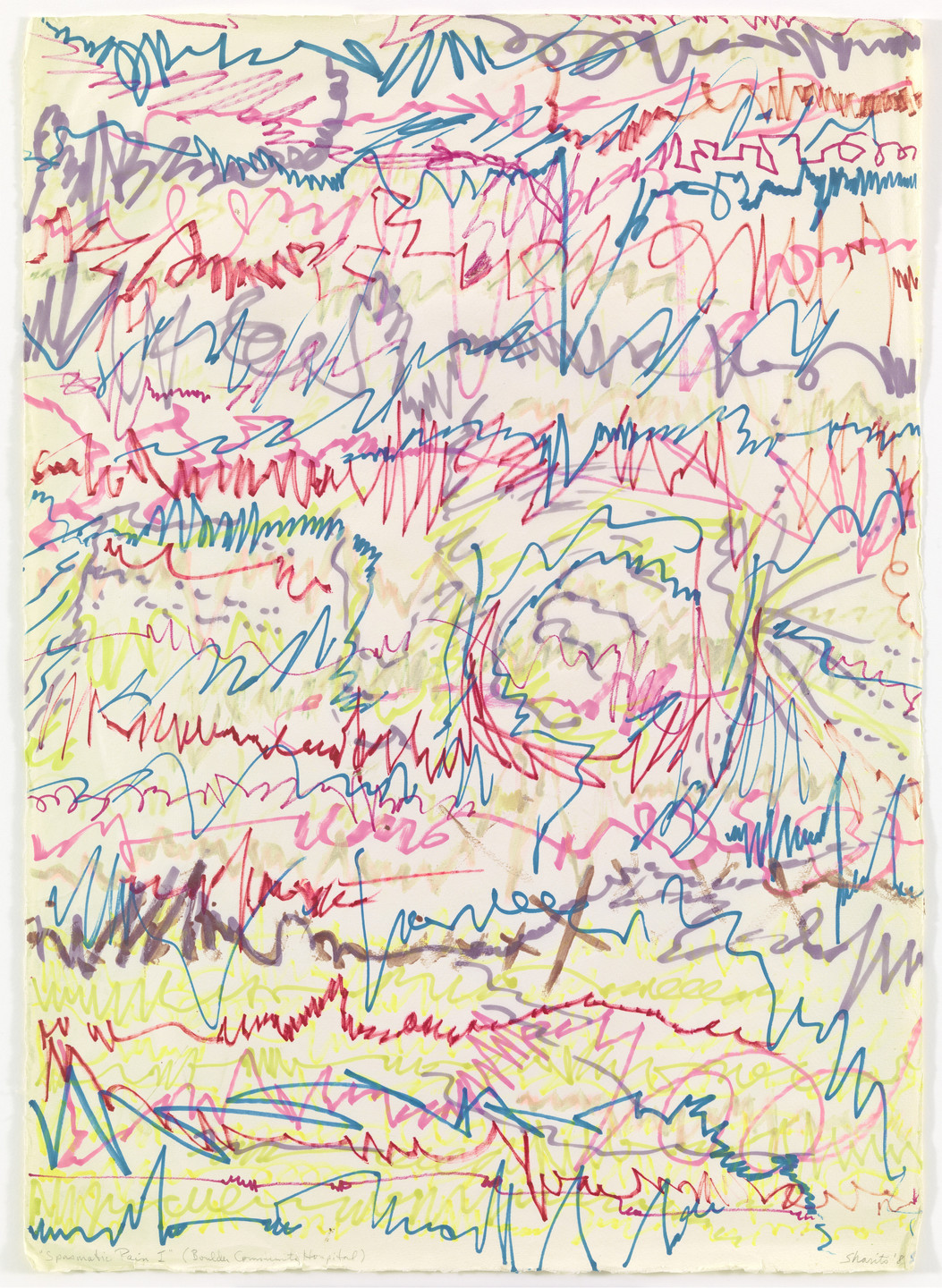Why is physical pain so difficult to communicate? What kinds of pain—and which bodies in pain—tend to receive priority over others? Given the challenges of perceiving the suffering of other beings, how can we hold ourselves and others responsible for the pain we inflict, witness, and experience? This course will investigate philosophical, political, visual, literary, and bioethical strategies for expressing and responding to physical pain, with a focus on race, gender, disability, and justice. We begin with theoretical readings on the challenges that the experience of pain poses for linguistic, visual, and auditory communication. Pain is universal but not uniform, and we consider how race, gender, and species shape political recognition and responsiveness to pain. Turning to contemporary medical ethics and public health, we explore dilemmas of pain management, and their applications to chronic pain, disease, euthanasia, and end-of-life care. Authors, artists, and theorists considered may include: Virginia Woolf, Elaine Scarry, Susan Sontag, Frank Jackson, John Durham Peters, Bob Flanagan, Titus Kaphar, Claudia Rankine, Eric Hayot, Elizabeth Alexander, Peter Singer, and Keith Wailoo.
